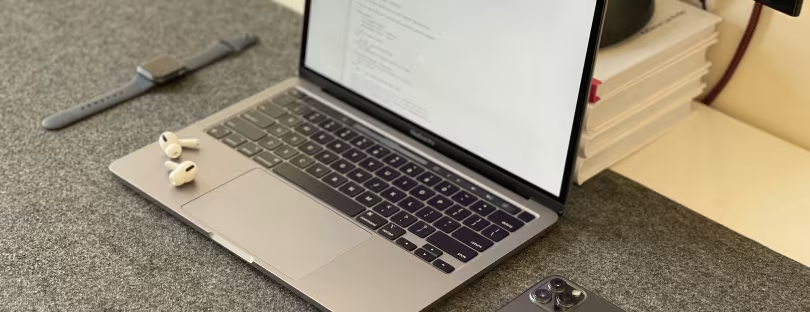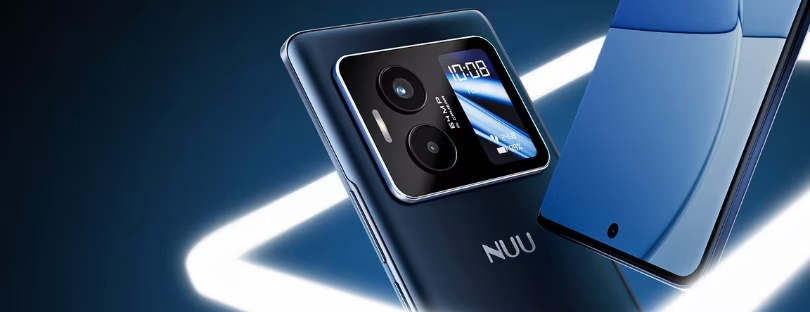
How price control supports a premium smartphone brand
In August 2021 Strategy Analytics reported that Realme joined the smartphone 100M shipment club. What sets Realme apart from its other Chinese counterparts? Find out more about 5g smartphone prices and find out who has the cheapest 5g smartphone below.
Traditionally, Chinese smartphones are incredibly price-competitive. Realme’s average launch prices are the lowest of the four Chinese vendors for similar 5G smartphones with 128GB of onboard storage.
There will always be opportunities for mid and low-end smartphones but competition is fierce. The Chinese vendors are already in a race to the bottom for 5G Sub-6 handsets. This is all well and good and Realme has successfully capitalised. The question is; which of the newer vendors have designs on the premium segment? For example, the Realme X50 Pro 128GB launched at an average price of approx. 700 USD (excluding tax) in Q2 2020 and by early Q3 2021 retailed for just 170 USD (Cosmote in Greece), a devastating price erosion by any standards!
Could Realme have better price erosion control with smarter pricing strategies?
The vendor that does this best is the one that is most likely to succeed in establishing a premium brand position.
Strict price control takes effort; not only to understand the competition but also the brand’s own stockists. In retail ultra-premium brands are selective about retail partners, product display, and most importantly: price point and elasticity. cheapest 5g smartphone
Hinging future growth on an expansion into more markets, notably Europe and its home turf, the Shenzhen-based company, realme will have expanded to over 50 countries and regions by the end of June, Sky Li Bingzhong, founder and CEO of realme, told the Global Times.
The two-year-old phone brand has secured footholds in Indian and Southeast Asian markets. In a notable sign, realme’s smartphone shipments in the Indian market soared 119 percent year-on-year in the first quarter of the year, according to market research firm Counterpoint.
realme held a 14 percent share of the Indian marketplace for smartphones by shipments in the first quarter, doubling its share of the local market during the same period of the year prior. It was ranked fourth in local shipment rankings, per Counterpoint data. The top three phone vendors during the first quarter were Xiaomi with a 30 percent share, Vivo with 17 percent, and Samsung with 16 percent.
realme has proven resilient to shocks from the coronavirus outbreak, according to its founder.
With 90 percent of its business coming from overseas markets, the impact of the COVID-19 outbreak on realme’s supply chains has been evident, especially when it comes to logistics and flows of workers, Li said.
“Overseas operations had been hugely impacted, with manufacturing and all of our operations almost coming to a standstill” during the worst of the pandemic in March-April, he said.
The online-channel-focused firm has resorted to online launch events and live-streaming sales to appeal to consumers confined by the coronavirus lockdown. With signs of virus containment emerging since May, smartphone demand has seen a robust revival as pent-up demand during the pandemic has now been unleashed, reckoned Li, former vice president of Oppo.
realme, among the top five phone vendors in Southeast Asia, is estimated to have recently climbed to No.1 in the Philippine market, underpinned by its online marketing endeavors, according to the company.
Challenges such as geopolitical tensions pressuring the upstream segment of supply chains remain controllable, Li said. cheapest 5g smartphone
realme’s overseas production capacity has overall restored to pre-virus levels, while its operations in India have returned to 70 percent of pre-virus levels, he disclosed, noting that the company remains on track to sell 50 million phones in 2020, a sales target set at the beginning of the year that would mean a 100 percent increase year-on-year.
Over the next two to three years, the company, which has no IPO plans as of yet, expects that number to double again to 100 million across the globe, with India, Southeast Asia, Europe and China becoming its four largest markets, the founder envisioned.
That said, gloominess still grips the smartphone arena industrywide. Global smartphone sales to end users fell 20.2 percent in the first quarter, research firm Gartner said in a statement sent to the Global Times.
How much are you willing to pay for a 5G smartphone?












